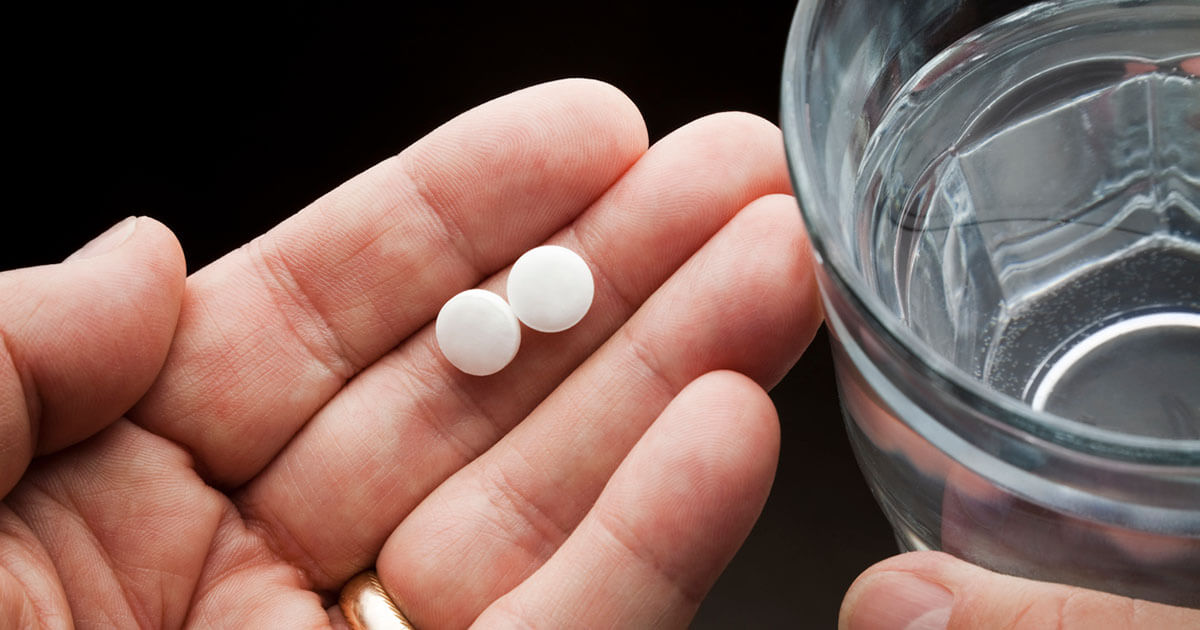This enormous network meta-analysis conducted by an international multidisciplinary panel sought to synthesise current evidence on the benefits and risks associated with the various diabetes drug classes, to include the newly available non-steroidal mineralocorticoid receptor antagonist (nsMRA) finerenone and the GLP-1/GIP receptor co-agonist tirzepatide.
A total of 816 clinical trials, enrolling 471 038 participants with type 2 diabetes, were eligible for analysis. Restricting reporting to findings where effects were observed with high or moderate certainly, the following effects of the various drug classes were found:
● All-cause mortality: SGLT2 inhibitors (odds ratio [OR], 0.88) and GLP-1 receptor agonists (OR, 0.88) reduce risk, and nsMRAs probably reduce risk (OR, 0.89; 95% CI, 0.79–1.00).
● Cardiovascular mortality: SGLT2 inhibitors (OR, 0.86) and GLP-1 RAs (OR, 0.87) reduce risk.
● Non-fatal myocardial infarction: SGLT2 inhibitors (OR, 0.90) and GLP-1 RAs (OR, 0.91) reduce risk.
● Non-fatal stroke: GLP-1 RAs reduce risk (OR, 0.85).
● Hospitalisation for heart failure: SGLT2 inhibitors (OR, 0.66), finerenone (OR, 0.78) and, to a lesser extent, GLP-1 RAs (OR, 0.91) reduce risk. TZDs increase risk (OR, 1.54).
● End-stage kidney disease: SGLT2 inhibitors (OR, 0.61), GLP-1 RAs (OR, 0.83) and finerenone (OR, 0.83) reduce risk.
● Body weight reduction: Tirzepatide reduces mean body weight the most (by 8.57 kg); followed by subcutaneous semaglutide (4.62 kg), oral semaglutide (2.98 kg), efpeglenatide (2.59 kg), liraglutide (2.21 kg) and SGLT2 inhibitors (class effect, 1.98 kg), followed by other GLP-1 RAs, as well as metformin (0.83 kg). Weight gain: TZDs, basal insulin and, probably, basal–bolus insulin have the highest effects (weight gain of 2.15–3.26 kg); sulfonylureas and bolus insulin have intermediate effects (1.01–1.78 kg); and DPP-4 inhibitors have a minimal effect (0.28 kg).
Adverse events
Severe hypoglycaemia is associated with sulfonylureas (OR, 5.22), basal–bolus insulin (OR, 4.94), basal insulin (OR, 2.38), bolus insulin (OR, 2.46) and probably DPP-4 inhibitors (OR, 1.11; 95% CI, 1.00–1.23), with and without co-treatment with other therapies. SGLT2 inhibitors and GLP-1 RAs do not increase the risk, while finerenone is associated with fewer events (OR, 0.64).
In addition, specific adverse events are associated with the following drug classes:
● SGLT2 inhibitors: Genital infection (OR, 3.30), amputation (OR, 1.27), ketoacidosis (OR, 2.07).
● GLP-1 RAs: Severe gastrointestinal events (OR, 1.97).
● nsMRAs: Hyperkalaemia leading to hospitalisation (OR, 5.92).
● Tirzepatide: Severe gastrointestinal events (OR, 4.59).
An interactive view of the anticipated effects for all populations at varying cardiovascular and renal risk can be obtained using the MATCH-IT tool and, in even more detail, at https://qingys.shinyapps.io/data_visualization.
In addition to being used to inform the latest update of the BMJ Rapid Recommendations, these findings can be used to inform professional societies and healthcare systems when developing clinical guidance.






Amid accumulating evidence of benefits with new diabetes drugs, Vinod Patel asks whether the costs can be justified.
9 Nov 2023